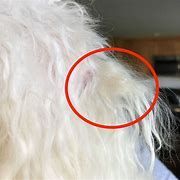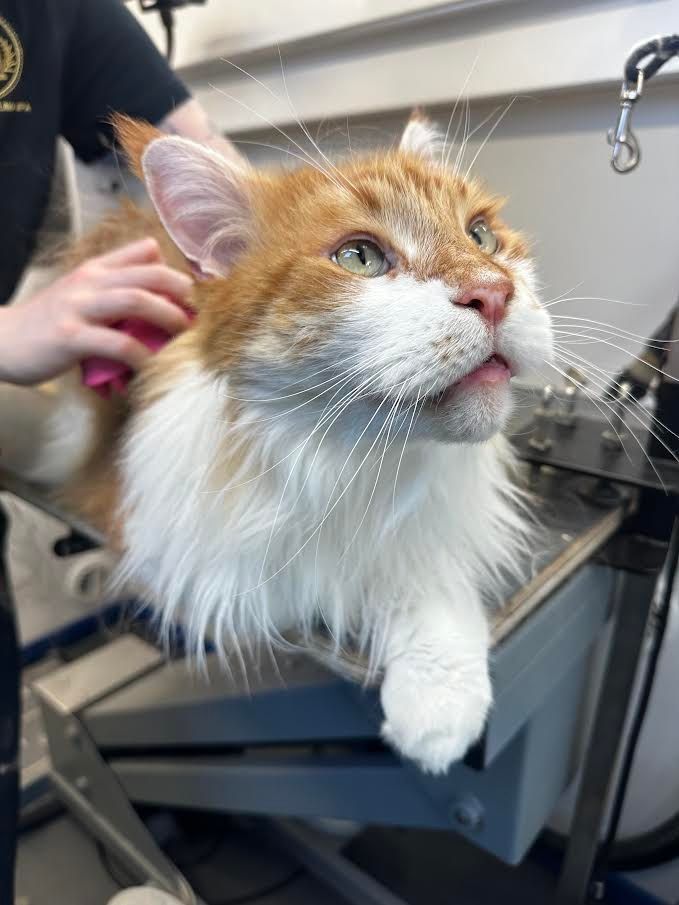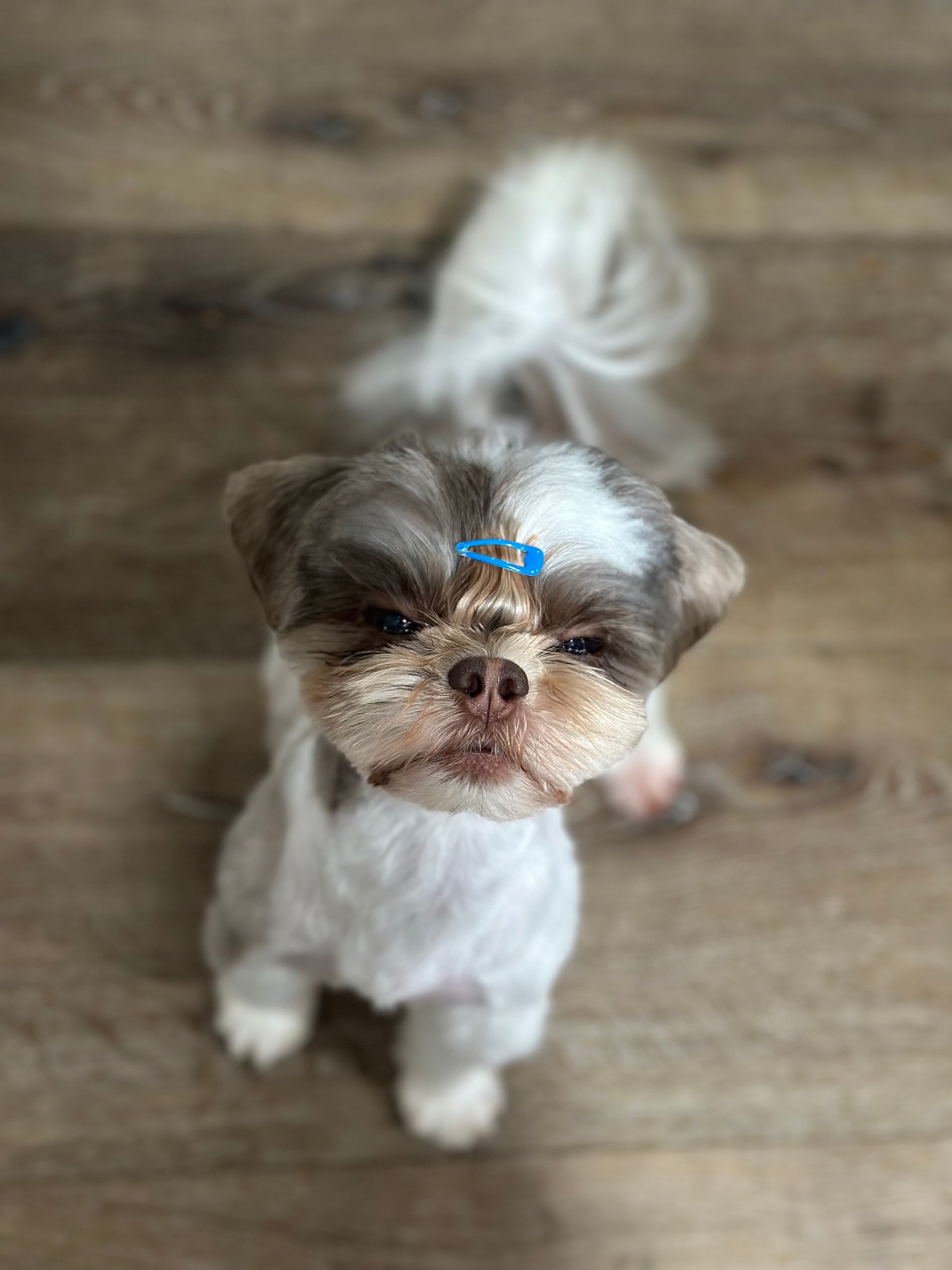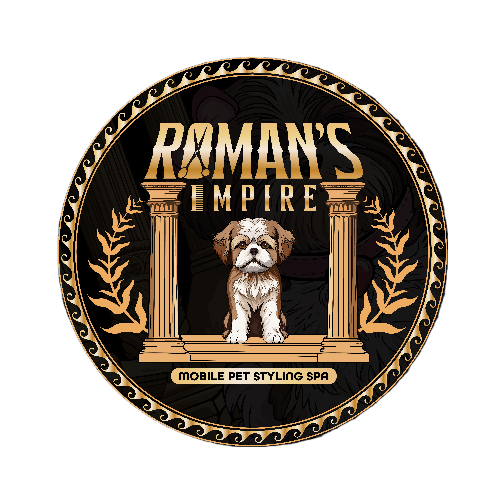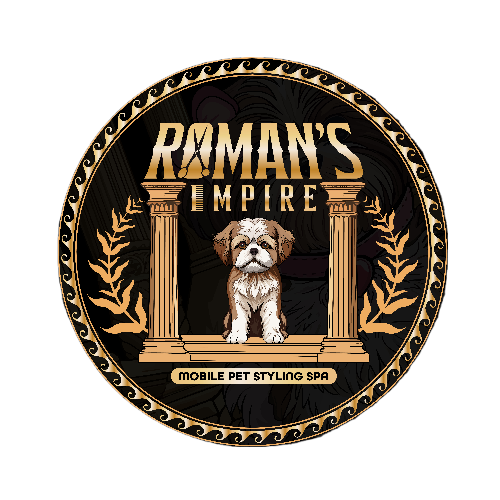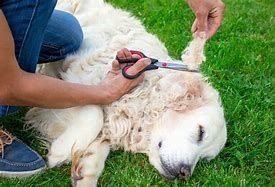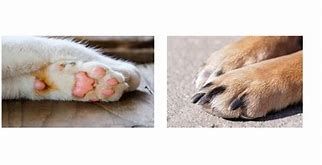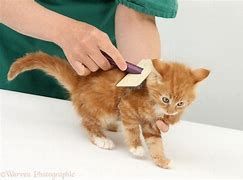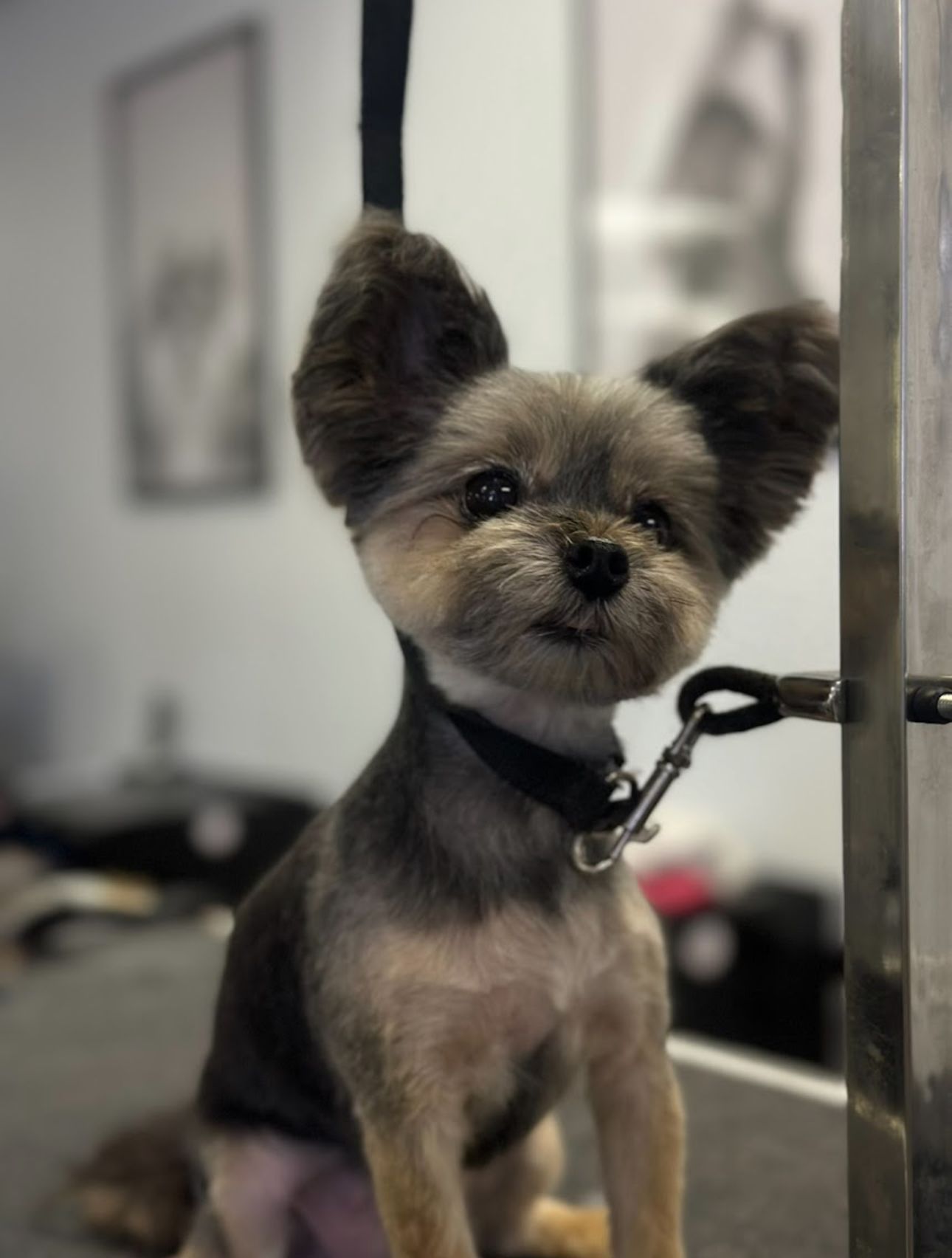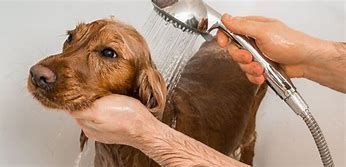Why Your Pet Should Be on a Regular Grooming Schedule And What Happens When They’re Not
At Roman’s Empire, grooming isn’t just about looking good—it’s about feeling good, staying healthy, and building lifelong trust between your pet and their care provider.
A consistent grooming schedule keeps your dog comfortable, their coat in optimal condition, and their grooming experience positive. But what does “regular” really mean, and what happens when pets go too long between sessions?
Let’s break it down.
The Purpose of Routine Grooming
Grooming done properly isn’t just cosmetic—it’s comprehensive care. Every appointment with us includes:
- Thorough coat prep to prevent painful matting
- Gentle, hand-drying—never cage drying
- Nail trimming or grinding to keep paws healthy and reduce joint strain
- Ear cleaning, eye area care, and hygiene trimming for complete wellness
- One-on-one handling tailored to your pet’s needs and tolerance
This is why at-home grooming isn’t comparable to professional grooming—because true maintenance isn’t just brushing or bathing. It’s structured, intentional care that addresses health, behavior, and hygiene as a whole.
What Happens When Pets Aren’t Groomed Regularly?
Skipping appointments or stretching grooming beyond the recommended time frame can lead to:
- Painful matting that restricts movement, harbors bacteria, and causes skin irritation
- Overgrown nails, which alter posture and cause discomfort or injury
- Increased anxiety, as pets forget desensitization and become reactive to tools or handling
- A false sense of coat manageability, especially with breeds prone to coat compaction (e.g., Doodles, Shih Tzus, and Poodles)
It also increases the likelihood of needing a shave-down—not because we “want to” but because matted coat removal isn’t optional.
If you wait until your pet “looks like they need grooming,” it’s already overdue.
What “Frequent” Means by Coat Type
- Short-haired dogs: Every 6–10 weeks, with nail trims every 4 weeks
- Double-coated dogs: Every 6–8 weeks, with consistent undercoat removal and nail care at home
- Hair breeds (Poodles, Doodles, Shih Tzus, etc.): Every 4–6 weeks with daily brushing
- Puppies: Every 2–3 weeks to condition them to the process (see: Why Starting Grooming Early Matters)
These intervals aren’t about aesthetics—they’re about maintaining comfort, cleanliness, and behavioral tolerance.
Learn how to maintain your pet at home.
Special Considerations for Seniors
We understand that senior pets have unique needs—and we tailor every session with that in mind.
While more frequent grooming can help with hygiene, mobility, and skin care, we never force it for the sake of a schedule.
What matters most for senior dogs is:
- How tolerant they are of handling and time on the table
- How mobile they are—trimming hair around feet and sanitary areas can greatly improve mobility
- How their coat and skin are changing due to aging, medication, or illness
Even if they’ve been groomed their whole life, senior pets still decline over time. That’s natural. We adjust frequency based on what’s best for them—not what’s ideal on paper.
Explore why seniors need specialized care and why grooming agitates preexisting conditions.
Why It Benefits You to Stay on Schedule
Sticking to a regular grooming schedule isn’t just better for your dog pr cat—it’s easier for you, too.
- Guaranteed appointment slots: Our clients on recurring schedules get priority.
- No last-minute scrambling: You’re not competing for open spots during busy seasons.
- Reduced cost of maintenance: Matting and behavioral issues increase time and cost.
Waiting too long can also make it harder for your pet to get the results you want. Desensitization matters. See Why Your Groomer Can’t Guarantee a Style Cut on an Uncooperative Pet
Why Staying on a Recurring Schedule Is Extra Crucial for Mobile Grooming
Unlike salons that can service multiple pets at once and accept walk-ins or day-of changes, mobile grooming is highly limited by time, space, and geography.
We’re one-on-one and appointment-only, meaning:
- Each day has a fixed number of slots, and once they’re gone, they’re gone.
- We route by city, so if we’re in your area on Tuesdays and you call on a Friday, you may be out of luck until our next route cycle.
- We cannot “squeeze in” appointments without disrupting other pets’ routines, and we won’t compromise the quality of care or rush a service just to make room.
- Recurring clients are routed first when we build our weekly and monthly schedule—everyone else fills in what’s left.
Clients on a set schedule don’t just get consistency—they get priority, and their pets get the benefit of regular care from someone who knows them and their coat history intimately.
If you’re not on a recurring schedule, your appointment isn't guaranteed—even if you’re a returning client. Booking as-needed may result in long wait times, missed grooming windows, or going past the point where safe grooming is an option.
Why We Recommend Recurring Appointments
At Roman’s Empire, we’re all about proactive, not reactive, care. That’s why we recommend pre-booking or setting up recurring appointments for dogs who benefit from structure and consistency.
Still not sure how often your dog should come in? We’re happy to guide you through the best grooming schedule based on their breed, coat type, lifestyle, age, and tolerance.
And if your pet is fearful, nervous, or new to grooming, we’ll help build a plan that meets them where they are. Always.
Want To Make Grooming Stress-Free, Consistent, and Beneficial for Your Pet?
Book your next appointment today or ask us about setting up a recurring schedule.
At Roman’s Empire, we don’t rush, we don’t cut corners, and we don’t compromise—because your pet deserves more than just a clean coat. They deserve royal treatment, every time.
Related Posts to Explore
- What Professional Grooming Actually Involves
- Why Cheap Grooming Isn’t a Bargain
- What Happens When You Start Grooming Late in Life
- Building Trust: How It Takes Time
